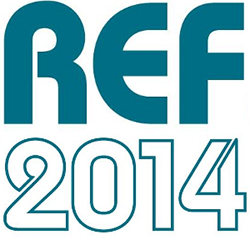The Challenge
Swansea University’s Computational Fluid Dynamics team was asked by the Bloodhound Land Speed Record project to create an aerodynamic shape capable of safely reaching 1000mph on land.

Swansea University’s Computational Fluid Dynamics team was asked by the Bloodhound Land Speed Record project to create an aerodynamic shape capable of safely reaching 1000mph on land.
Swansea University’s Computational Fluid Dynamics team significantly contributed to the original THRUST SSC. The aerodynamic design of THRUST SSC was undertaken using FLITE, which enabled the correct modelling of the interaction between the moving vehicle and the ground. This allowed aerospace simulations to be produced overnight instead of several months. The Computer Fluid Dynamics (CFD) research for BLOODHOUND SSC is taking place at the Zienkiewicz Centre for Computational Engineering.


